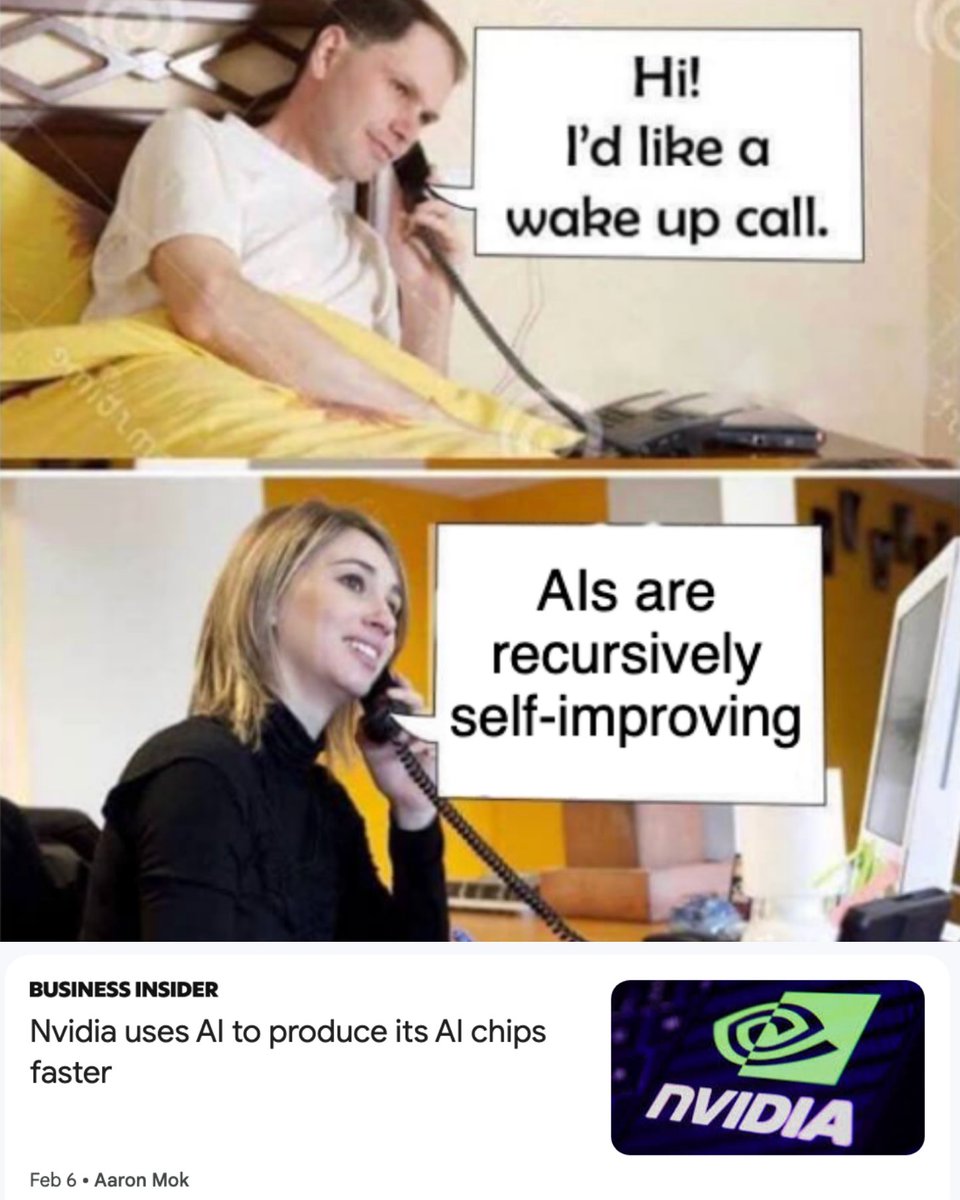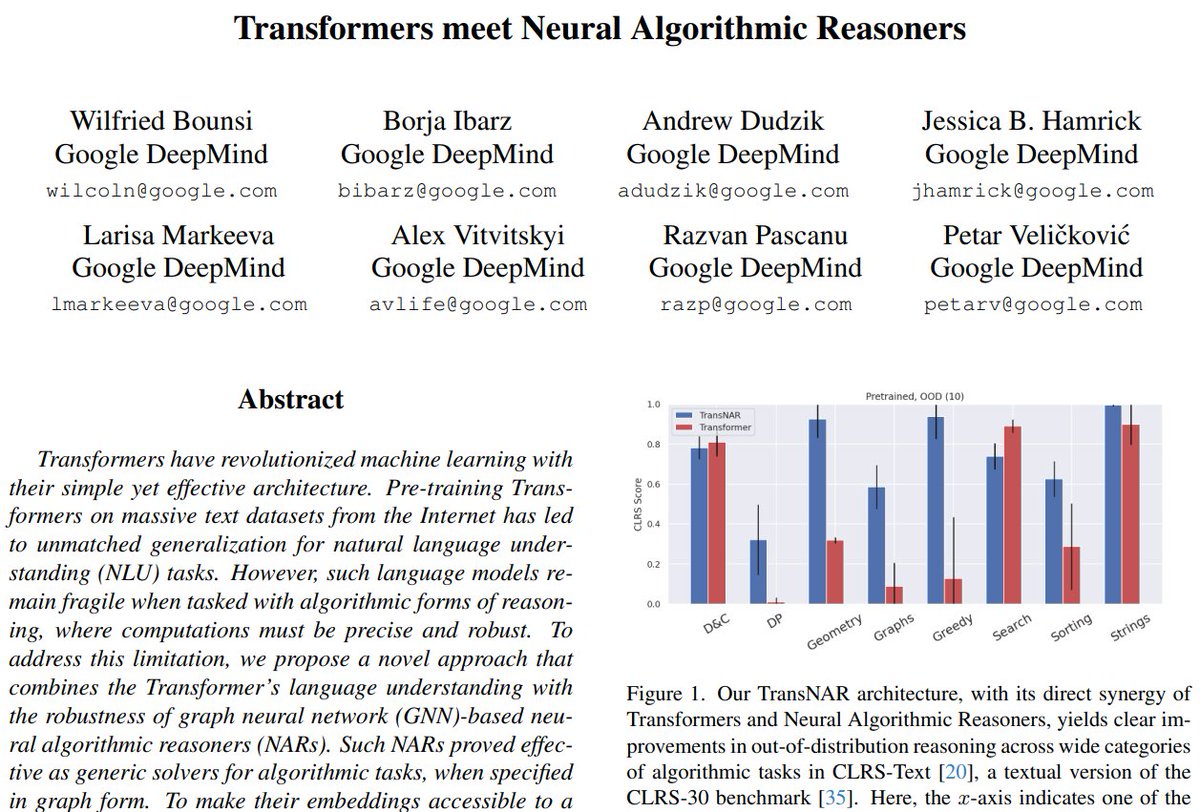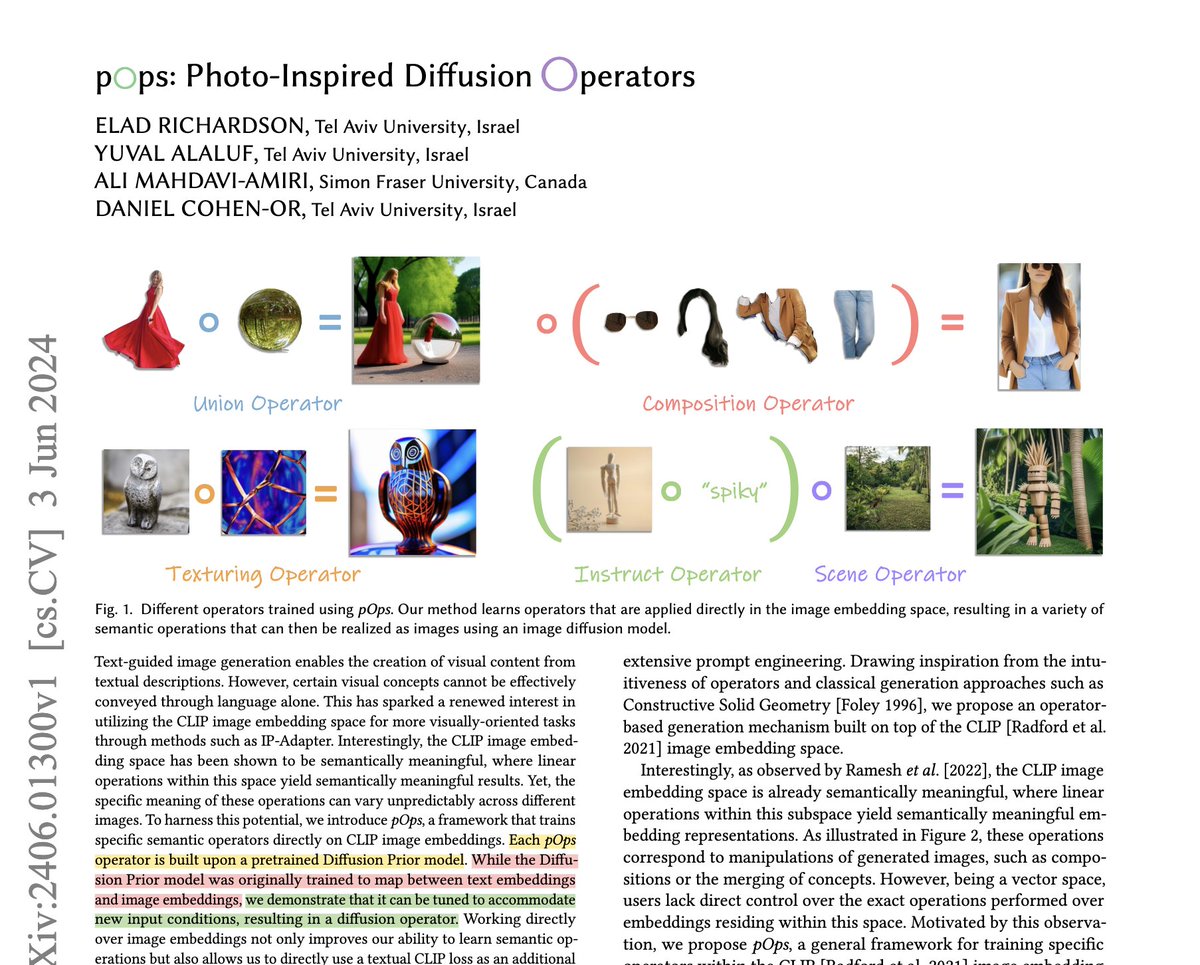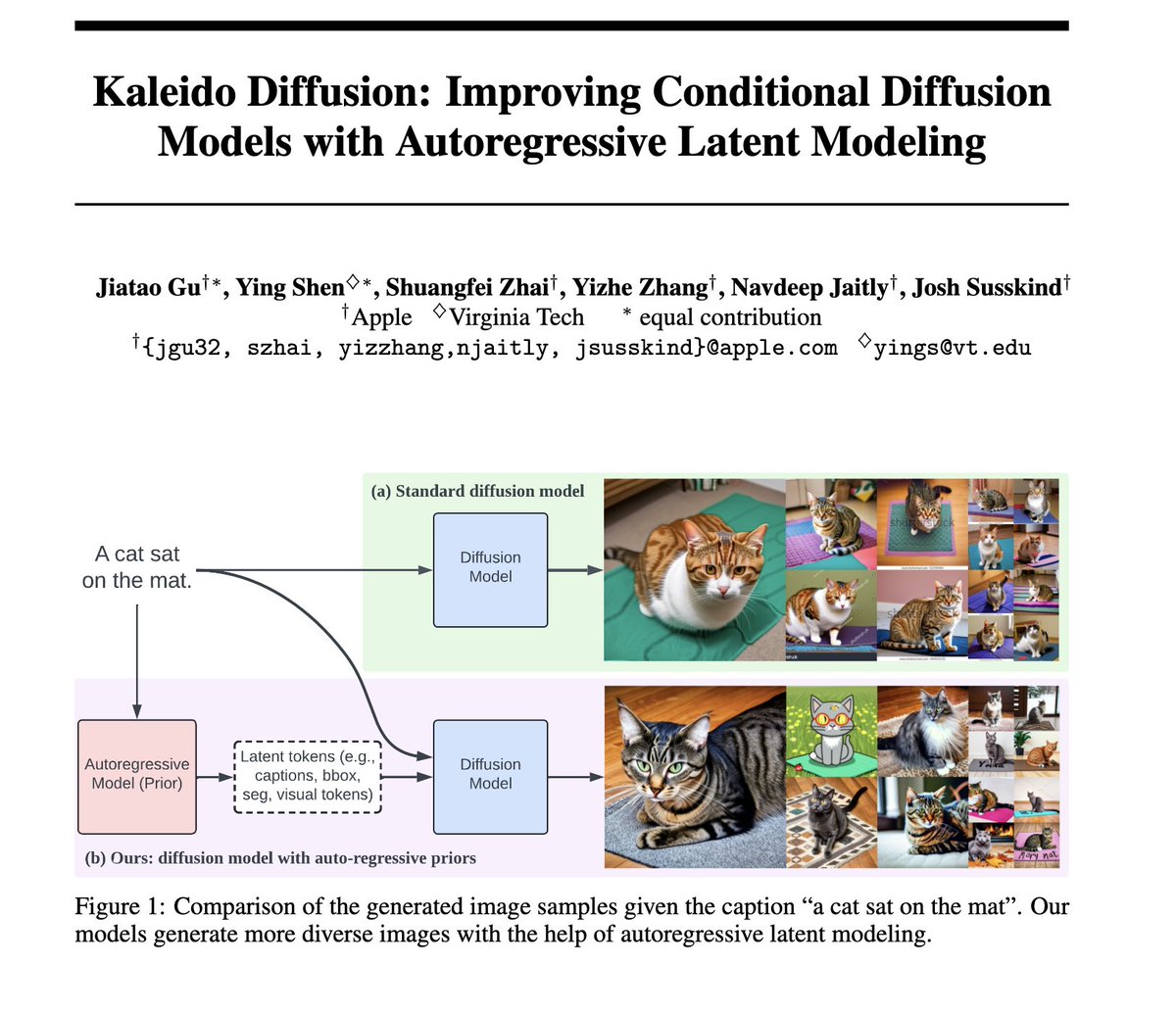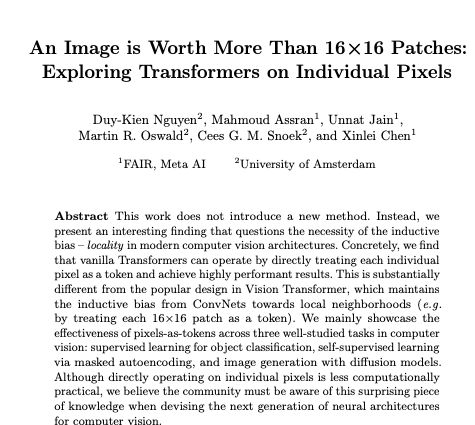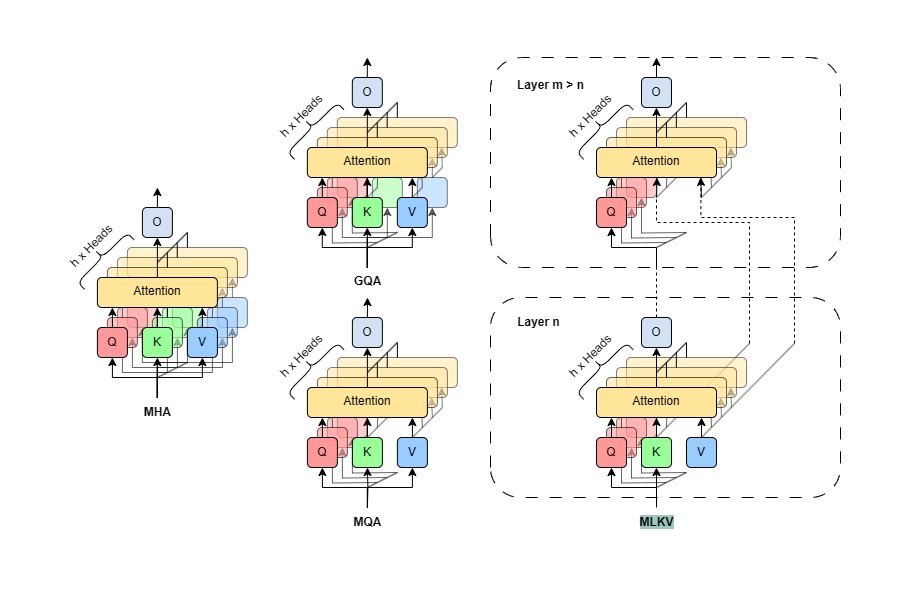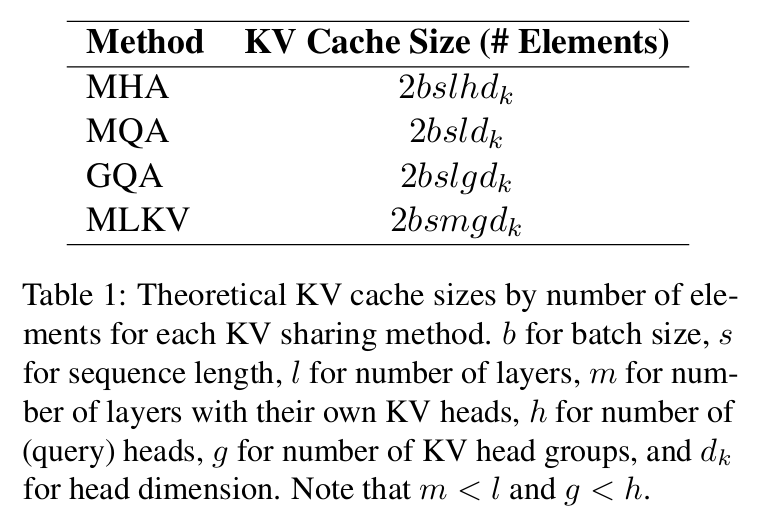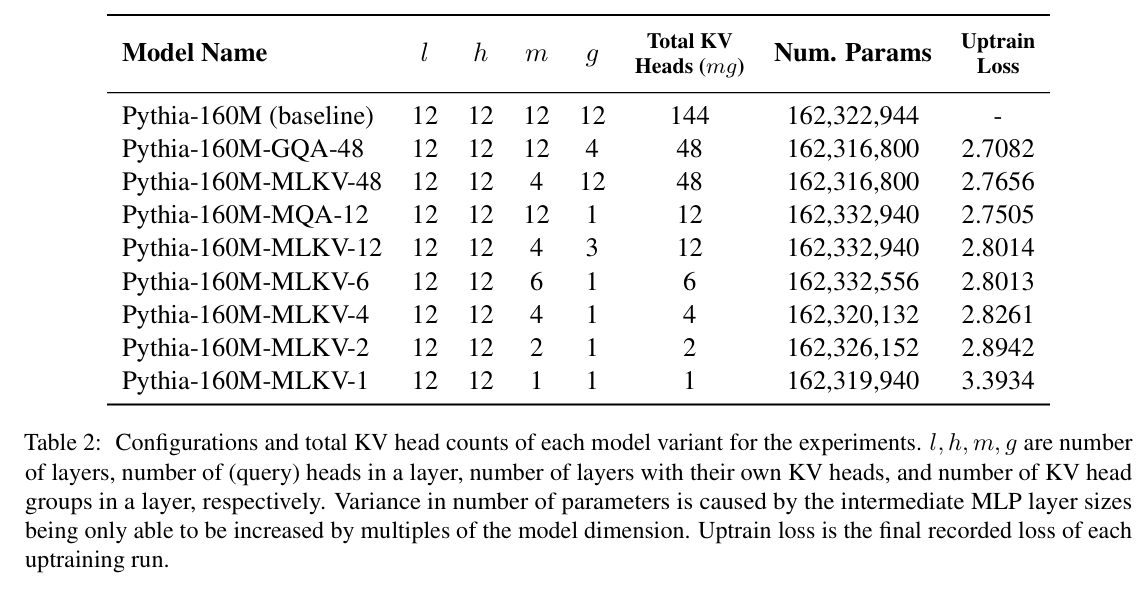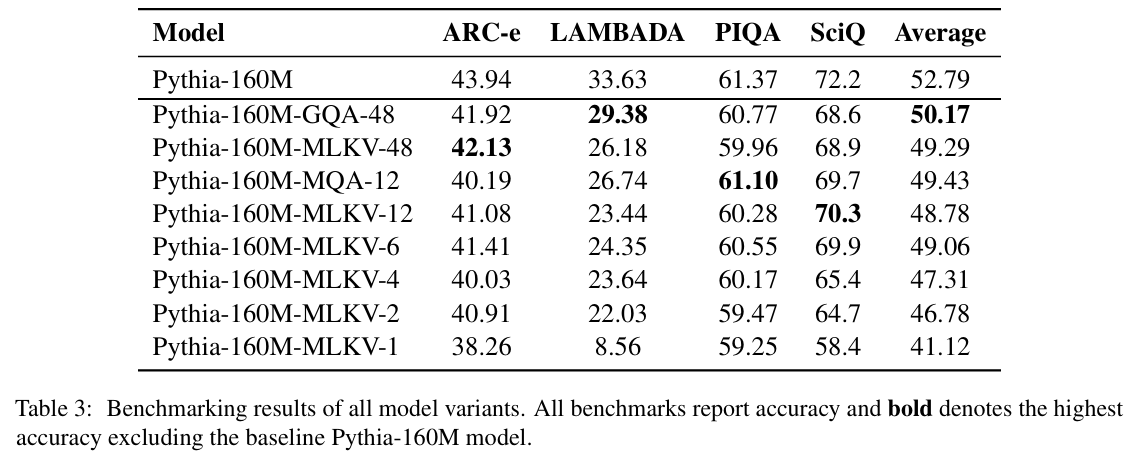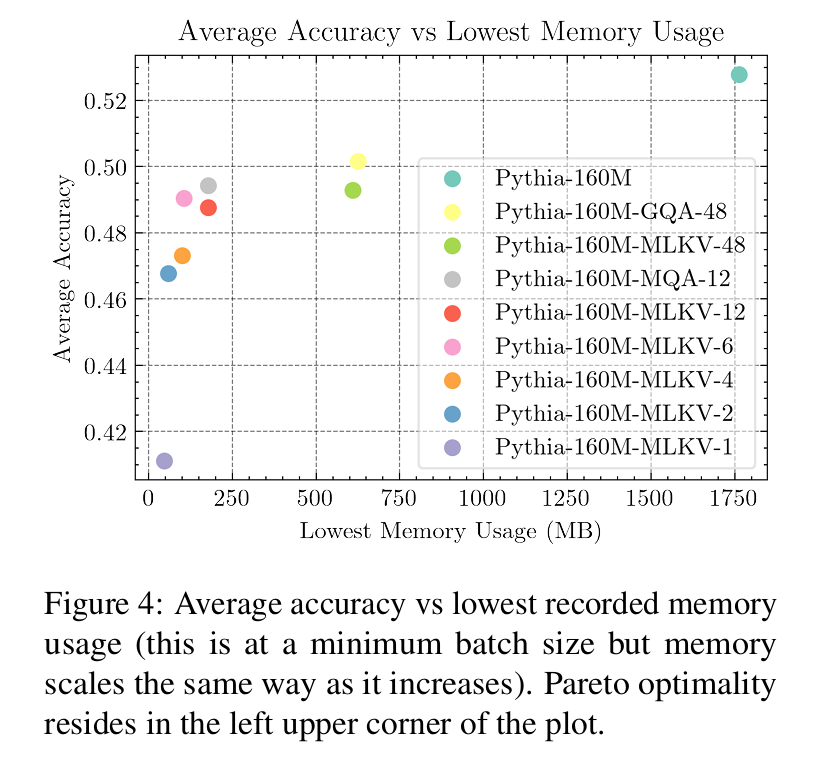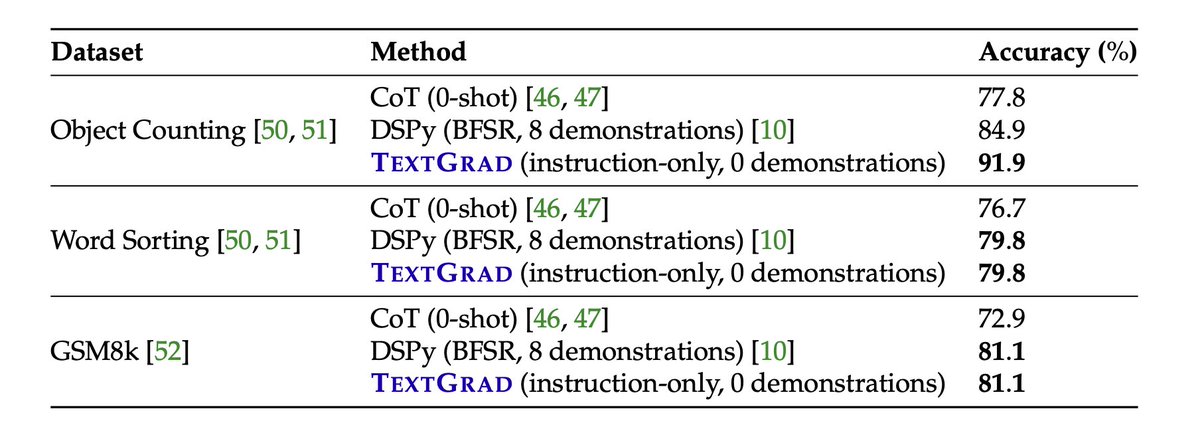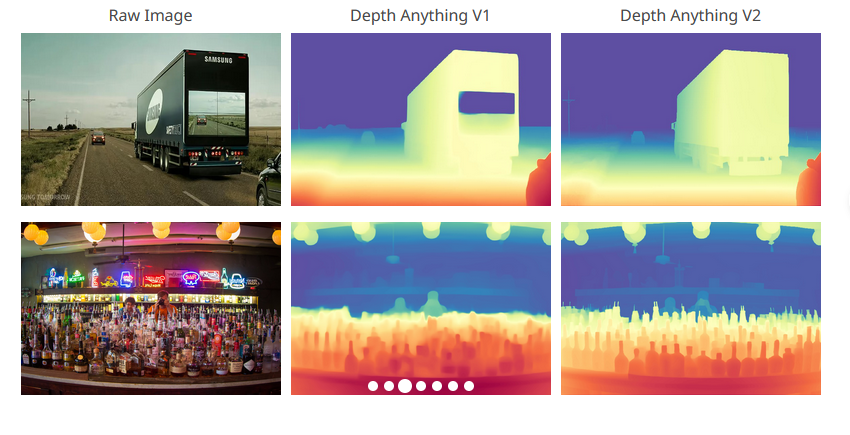1/1
New Paper and Blog!
Sakana AI
As LLMs become better at generating hypotheses and code, a fascinating possibility emerges: using AI to advance AI itself! As a first step, we got LLMs to discover better algorithms for training LLMs that align with human preferences.
To post tweets in this format, more info here: https://www.thecoli.com/threads/tips-and-tricks-for-posting-the-coli-megathread.984734/post-52211196
New Paper and Blog!
Sakana AI
As LLMs become better at generating hypotheses and code, a fascinating possibility emerges: using AI to advance AI itself! As a first step, we got LLMs to discover better algorithms for training LLMs that align with human preferences.
To post tweets in this format, more info here: https://www.thecoli.com/threads/tips-and-tricks-for-posting-the-coli-megathread.984734/post-52211196
1/1
Can LLMs invent better ways to train LLMs?
At Sakana AI, we’re pioneering AI-driven methods to automate AI research and discovery. We’re excited to release DiscoPOP: a new SOTA preference optimization algorithm that was discovered and written by an LLM!
Sakana AI
Our method leverages LLMs to propose and implement new preference optimization algorithms. We then train models with those algorithms and evaluate their performance, providing feedback to the LLM. By repeating this process for multiple generations in an evolutionary loop, the LLM discovers many highly-performant and novel preference optimization objectives!
Paper: [2406.08414] Discovering Preference Optimization Algorithms with and for Large Language Models
GitHub: GitHub - SakanaAI/DiscoPOP: Code for Discovering Preference Optimization Algorithms with and for Large Language Models
Model: SakanaAI/DiscoPOP-zephyr-7b-gemma · Hugging Face
We proudly collaborated with the
@UniOfOxford (@FLAIR_Ox) and @Cambridge_Uni (@MihaelaVDS) on this groundbreaking project. Looking ahead, we envision a future where AI-driven research reduces the need for extensive human intervention and computational resources. This will accelerate scientific discoveries and innovation, pushing the boundaries of what AI can achieve.
To post tweets in this format, more info here: https://www.thecoli.com/threads/tips-and-tricks-for-posting-the-coli-megathread.984734/post-52211196
Can LLMs invent better ways to train LLMs?
At Sakana AI, we’re pioneering AI-driven methods to automate AI research and discovery. We’re excited to release DiscoPOP: a new SOTA preference optimization algorithm that was discovered and written by an LLM!
Sakana AI
Our method leverages LLMs to propose and implement new preference optimization algorithms. We then train models with those algorithms and evaluate their performance, providing feedback to the LLM. By repeating this process for multiple generations in an evolutionary loop, the LLM discovers many highly-performant and novel preference optimization objectives!
Paper: [2406.08414] Discovering Preference Optimization Algorithms with and for Large Language Models
GitHub: GitHub - SakanaAI/DiscoPOP: Code for Discovering Preference Optimization Algorithms with and for Large Language Models
Model: SakanaAI/DiscoPOP-zephyr-7b-gemma · Hugging Face
We proudly collaborated with the
@UniOfOxford (@FLAIR_Ox) and @Cambridge_Uni (@MihaelaVDS) on this groundbreaking project. Looking ahead, we envision a future where AI-driven research reduces the need for extensive human intervention and computational resources. This will accelerate scientific discoveries and innovation, pushing the boundaries of what AI can achieve.
To post tweets in this format, more info here: https://www.thecoli.com/threads/tips-and-tricks-for-posting-the-coli-megathread.984734/post-52211196
